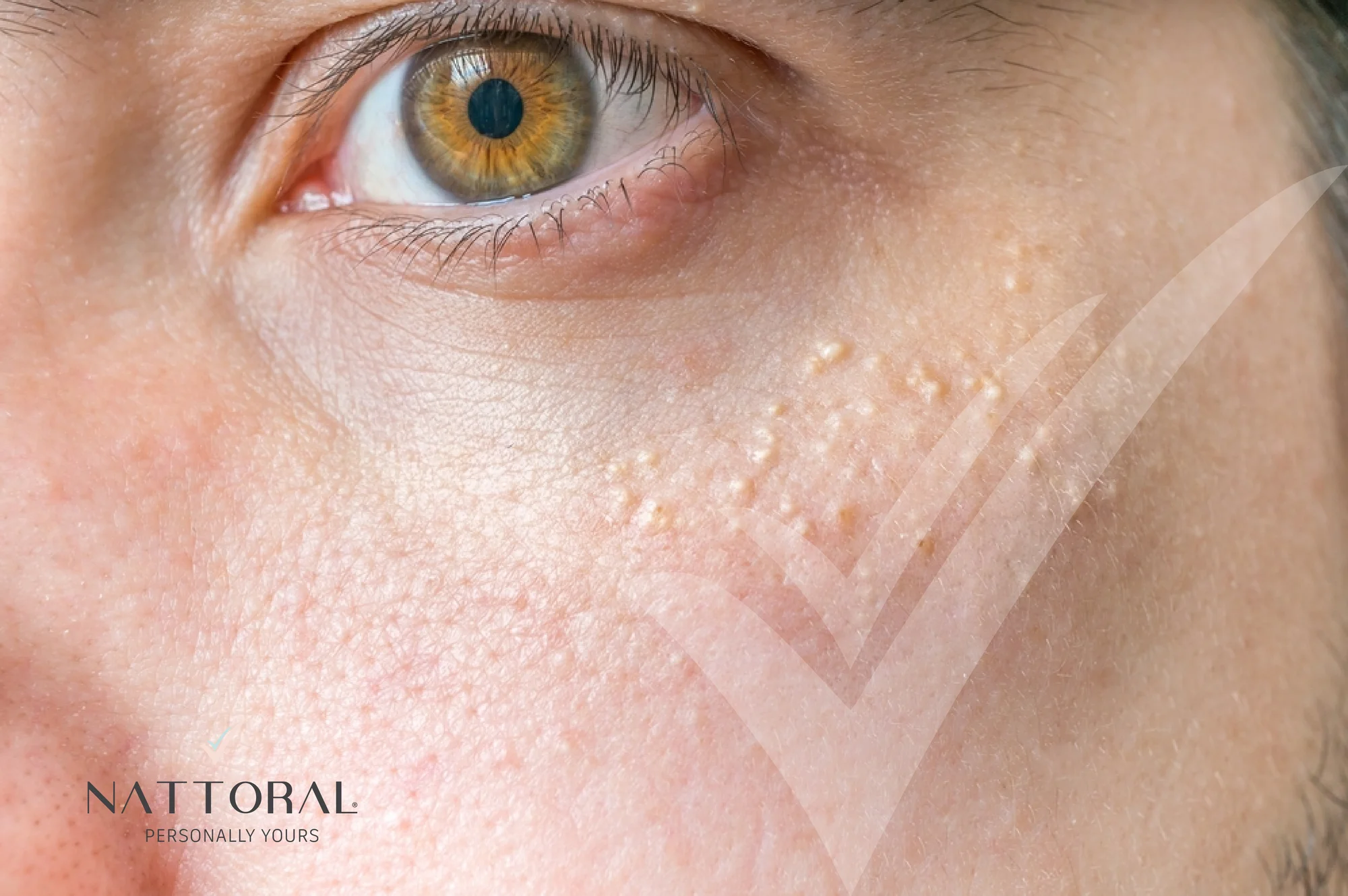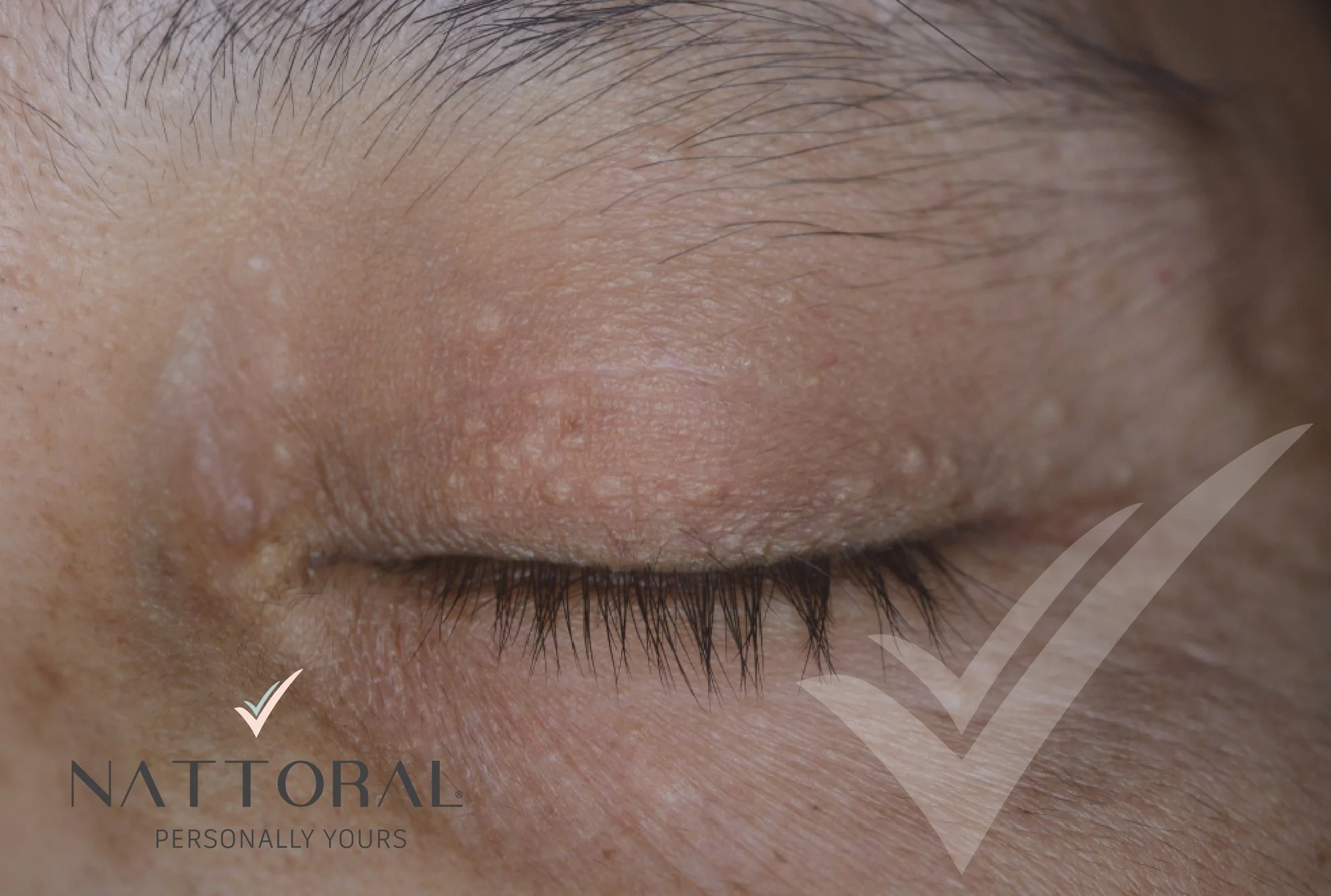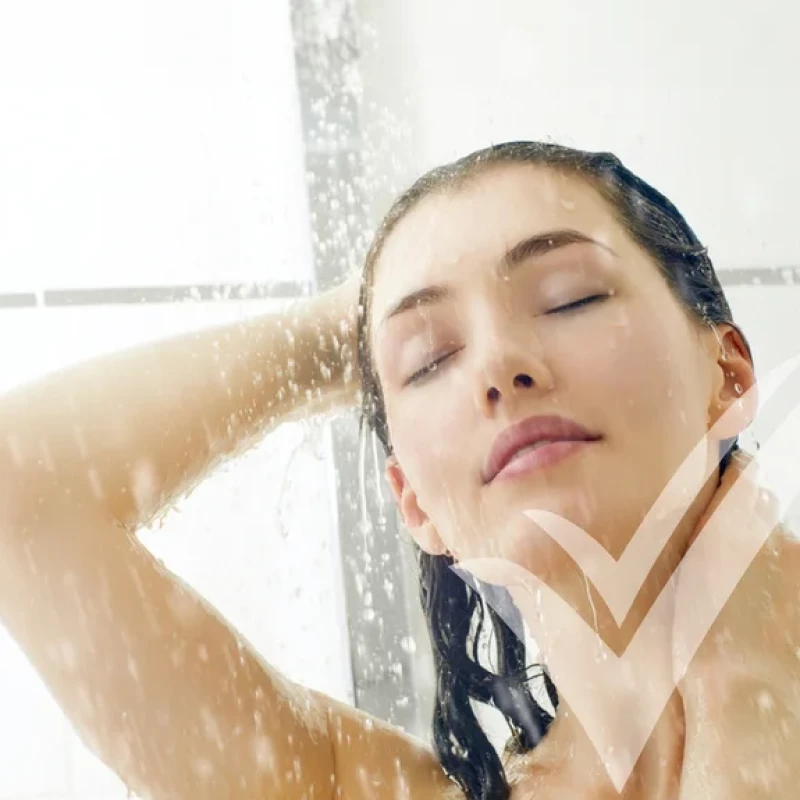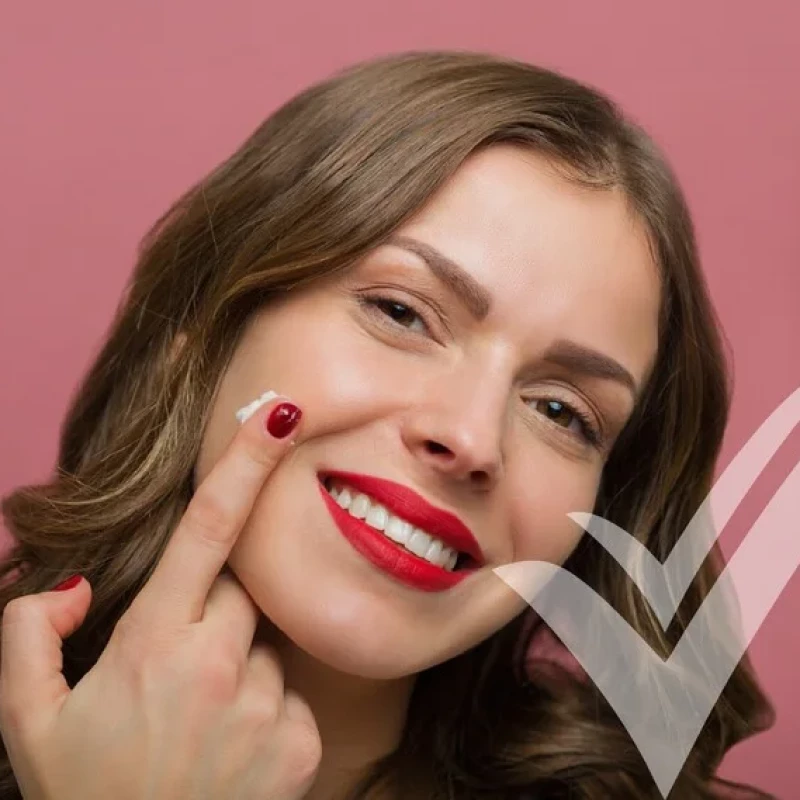What is Milia ? How do you get rid of it?
Do you suffer from those little white pimples that appear sporadically on the face? Have you tried to get rid of it and ended up scraping the skin around and yet couldn’t remove it? These small white or yellow grains or cysts known as Milia or milk spots, are filled with keratin protein, which is the main protein component of the epidermal layer, hair and nails, which gives the skin its strength and ability to protect the tissues that lie underneath, Milia usually spreads on the cheeks, nose, eyelids, and eyes, separated by a few millimeters; approximately 1-2 milliliters.
Types of Milia
Most cases of Milia appear in infants and at higher rate in comparison to adults, hence its other common name; Milk spots that appears in the area around the nose, and may be confused with the case of infant acne, the only difference is that Milia appear immediately after birth while infant acne doesn’t at this early stage.
But when we talk about Milia for adults and young people, there are several types that must be included depending on the cause and the exact location of its appearance, and these types can be included in the following:
- Primary Milia:This type of Milia is not associated with any injury or problems affecting the skin, and it is noted that it spreads on the eyelid, cheeks, or the genital area in children or adults, and usually disappears on its own without using any specific treatment, and this type is considered one of the most common types.
- Secondary Milia:unlike primary, this type of Milia appears after exposure to external damage that may cause blockage of the sweat glands, such as; Burns, rashes, blisters, and excessive exposure to sunlight, or may result from the use of some products that have a strong effect on the skin, such as creams or creams that contain corticosteroids.

- Milia en plaque: It is a rare type that affects middle-aged women, as it appears as an accumulation of Milia in a slightly raised patch of skin on the eyelid, cheeks, or behind the ears.

Home remedies to reduce the appearance of Milia
We mentioned in the introduction that, fortunately, Milia disappears on its own without the need for a specific treatment, and may only last for several months, but some may be uncomfortable by its appearance of the face and resort to some home remedies that can to reduce the condition, but these tips may not get rid of of Milia completely, but it may reduce the severity of its appearance, and these steps and tips include the following:
Firstly:You must never try to pop the Milia, scratch or try to remove it, this will only cause injury and bleeding of the skin, and with time it will develop into hyperpigmentation and leave a permanent mark on the skin, in addition to the risk of infection.
Secondly: Clean the affected area using a gentlecleanser on the skin, preferably free of parabens (a preservative used in some cosmetic and pharmaceutical industries). After washing and cleaning the face, it is preferable to pat it dry with a soft microfiber towelto instead of letting it air dry, as this reduces the dryness of the skin.
Thirdly: steaming the skin after cleaning it, as this contributes to dissolving the oils stuck inside the pores of the face, thus making it easier to expel them. To achieve this at home, you can sit in the bathroom while keeping the shower open for hot water, which causes the steam to be distributed extensively in the area, and then sit there for 5-8 minutes, the pat the skin dry it.
Fourthly: Exfoliation of the skin using gentle washes or creams containing salicylic acid, glycolic acid, or citric acid, as they contribute to reducing the accumulation of keratin in the pores of the skin.
Fifthly: Always wear sunscreenwith a high protection rate, which ensures that the skin is protected from the damages of ultraviolet rays emitted by the sun.
Sixthly:Use topical retinoid creams, as these creams are derived from vitamin A, which helps treat facial acne and skin problemsthat cause Milia. However, you must consult a specialist first and never use it in case of pregnancy.
Can Milia be prevented?
The possibility of preventing Milia depends on its type, as it is not possible to prevent primary Milia, while the cause that led to the emergence of secondary Milia can be prevented, for example, exposure to sunlight can fade, which provides protection for the skin, and exfoliation helps to get rid of skin cells dead, which reduces the chance of developing Milia associated with it.
References:
- Tidy, Dr Colin. “Milia: Raised Skin Bumps: Milium: Causes & Treatment.” info, 10 Apr. 2018, patient.info/skin-conditions/milia-leaflet.
- “Milia (Milk Spots): Causes, Treatment.” Cleveland Clinic, 22 Oct. 2018, my.clevelandclinic.org/health/diseases/17868-milia.
- “An Overview of Your Skin.” Cleveland Clinic, 17 Mar. 2016, my.clevelandclinic.org/health/articles/10978-skin.
- “How to Get Rid of Milia: Treatment, Prevention, and Causes.” Medical News Today, MediLexicon International, 26 Jan. 2020, www.medicalnewstoday.com/articles/320953.
- Watson, Kathryn. “How to Get Rid of Milia Safely.” Healthline, Healthline Media, 7 Oct. 2020, www.healthline.com/health/skin-disorders/how-to-get-rid-of-milia.
- Palmer, Angela. “Getting Rid of Whiteheads (Milia).” Verywell Health, 19 May 2020, www.verywellhealth.com/how-to-treat-milia-15668.


